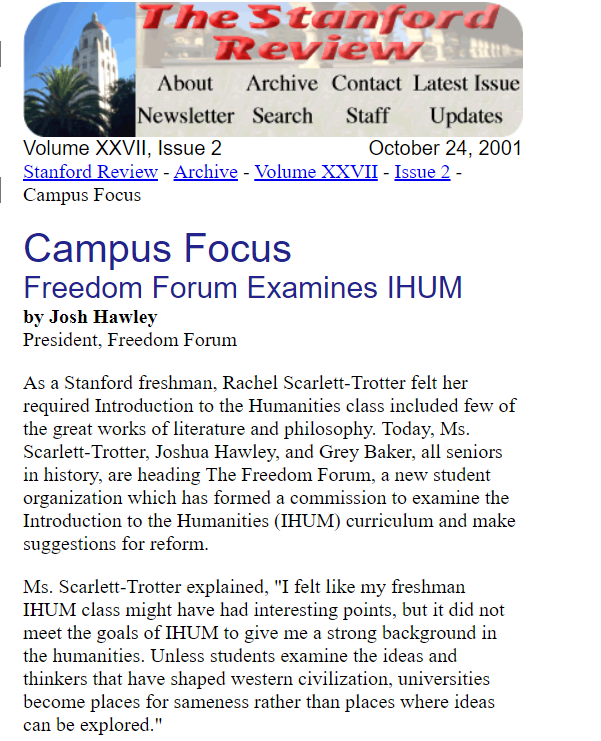HP launched its Flexible Computing Service in Nov 2005
Sun Grid went into beta in 2004
IBM launched "Linux Virtual Services" in 2002!
But AWS is the only one anybody remembers
I was at Amzn in 2000 when the internet bubble popped. Capital markets dried up & we were burning $1B/yr. Our biggest expense was datacenter -> expensive Sun servers. We spent a year ripping out Sun & replacing with HP/Linux, which formed the foundation for AWS. The backstory:
— Dan Rose (@DanRose999) January 8, 2021


Imagine for a moment the most obscurantist, jargon-filled, po-mo article the politically correct academy might produce. Pure SJW nonsense. Got it? Chances are you're imagining something like the infamous "Feminist Glaciology" article from a few years back.https://t.co/NRaWNREBvR pic.twitter.com/qtSFBYY80S
— Jeffrey Sachs (@JeffreyASachs) October 13, 2018








